Comprehensive process design is the foundation for improved efficiencies in process management practices. Aligning the IT Portfolio to the Business Strategy helps deliver value to the business and support an agile enterprise.
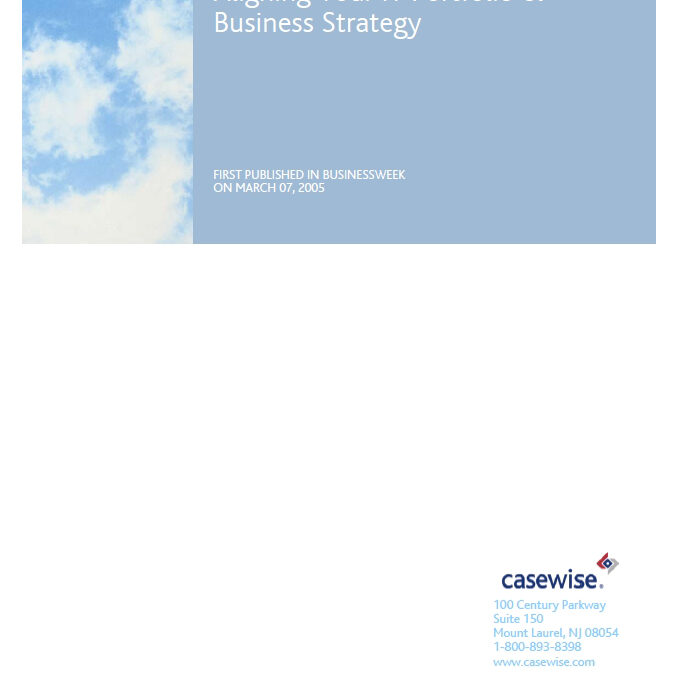

Comprehensive process design is the foundation for improved efficiencies in process management practices. Aligning the IT Portfolio to the Business Strategy helps deliver value to the business and support an agile enterprise.
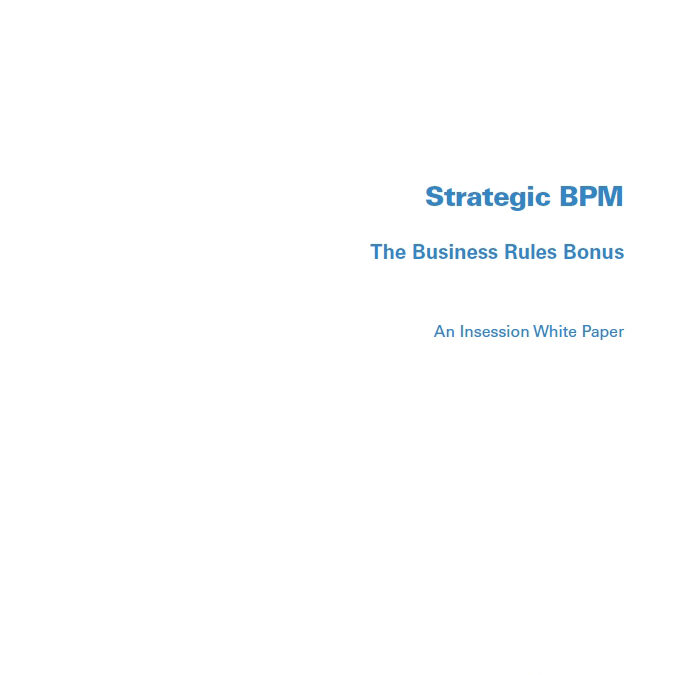
In today’s volatile business climate, agility and flexibility are two requirements for survival. Companies must be able to react to changing market pressures or new market opportunities faster than the competition to ensure their success and many are turning to Business Process Management (BPM) software to accomplish this by optimizing existing processes and automating new ones.
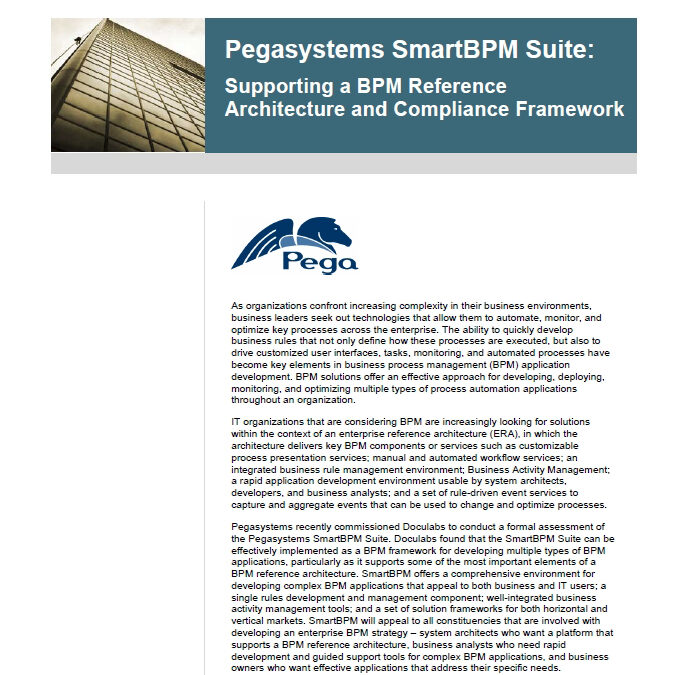
As organizations confront increasing complexity in their business environments, business leaders seek out technologies that allow them to automate, monitor, and optimize key processes across the enterprise. The ability to quickly develop business rules that not only define how these processes are executed, but also to drive customized user interfaces, tasks, monitoring, and automated processes have become key elements in business process management (BPM) application development.
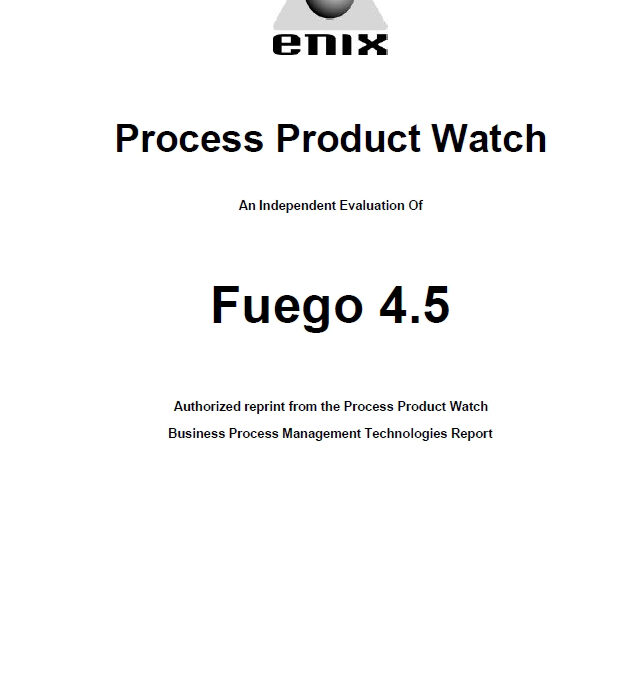
Process Product Watch (PPW), as the name implies, provides its members with the results of continuous proprietary research into new tools and products that support Process Management.
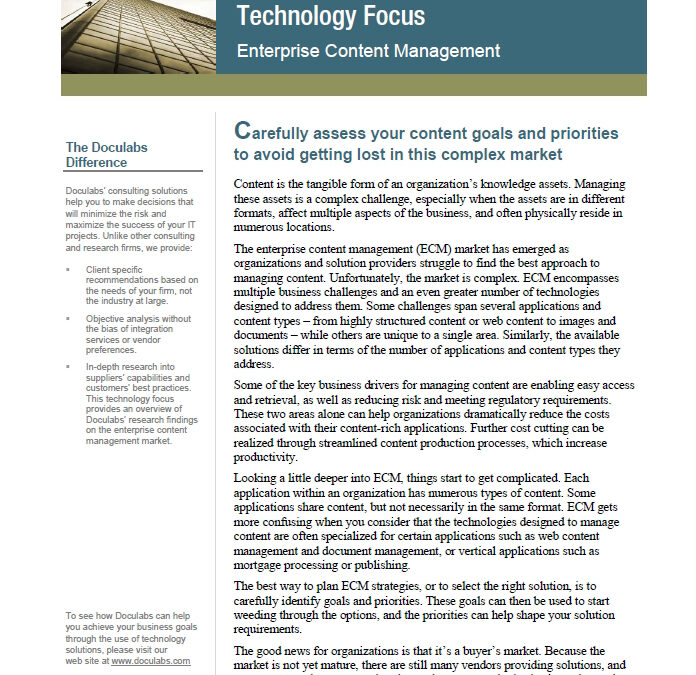
Content is the tangible form of an organization’s knowledge assets. Managing these assets is a complex challenge, especially when the assets are in different formats, affect multiple aspects of the business, and often physically reside in numerous locations.
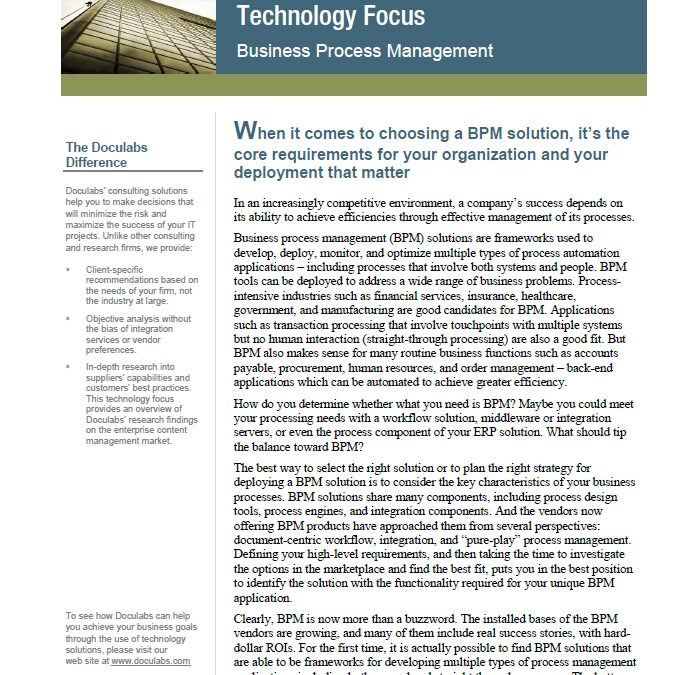
When it comes to choosing a BPM solution, it’s the core requirements for your organization and your deployment that matter
In an increasingly competitive environment, a company’s success depends on its ability to achieve efficiencies through effective management of its processes.
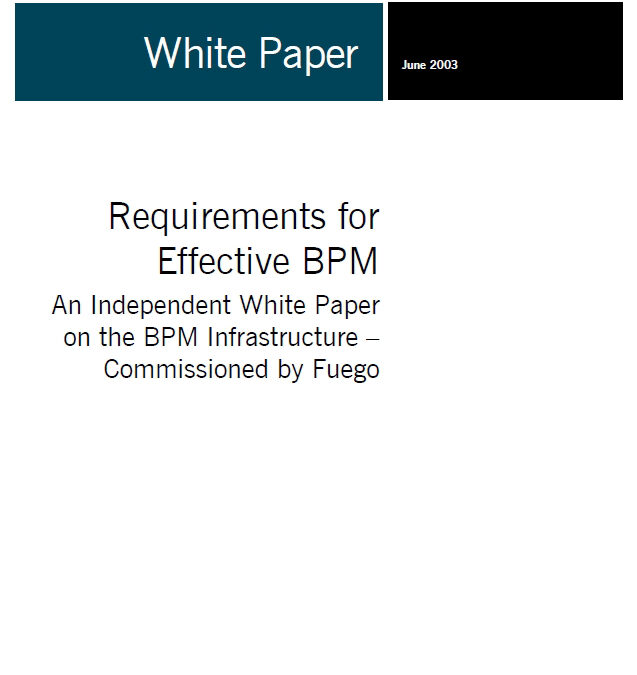
For many years there has been talk an enabler of business; how the technology infrastructure that is in place has to work towards the strategic aims of the business. The reality of IT and business is vastly different. The disparity between technology and business has been so great that no allencompassing solution has been available. Within certain defined areas, technology has helped reduce costs, although some might argue that the costbase has simply been shifted, but technology as a total enabler has still fallen far short of expectations.
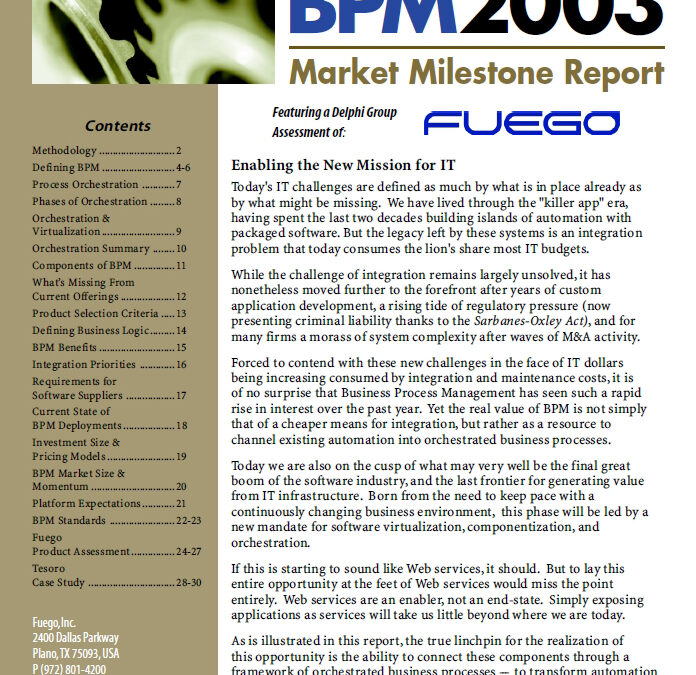
Today’s IT challenges are defined as much by what is in place already as by what might be missing. We have lived through the “killer app” era, having spent the last two decades building islands of automation with packaged software. But the legacy left by these systems is an integration problem that today consumes the lion’s share most IT budgets.
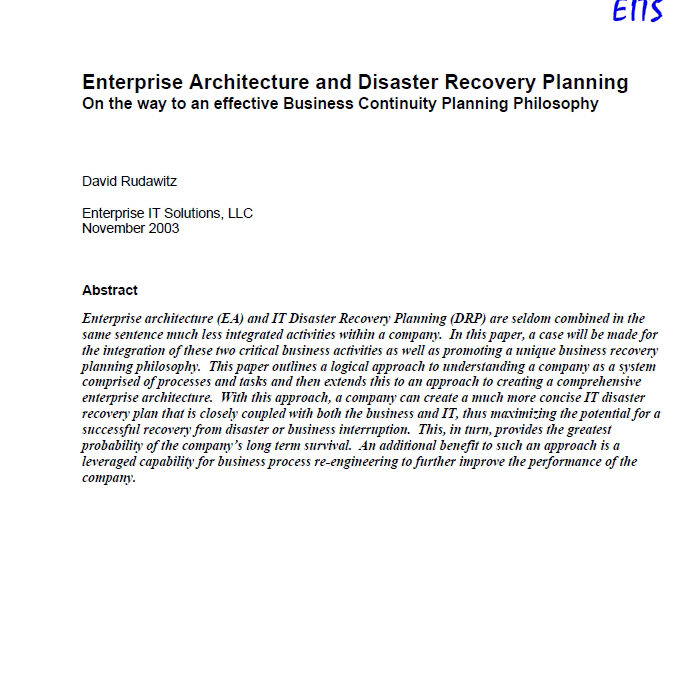
Enterprise architecture (EA) and IT Disaster Recovery Planning (DRP) are seldom combined in the same sentence much less integrated activities within a company. In this paper, a case will be made for the integration of these two critical business activities as well as promoting a unique business recovery planning philosophy. This paper outlines a logical approach to understanding a company as a system comprised of processes and tasks and then extends this to an approach to creating a comprehensive enterprise architecture.
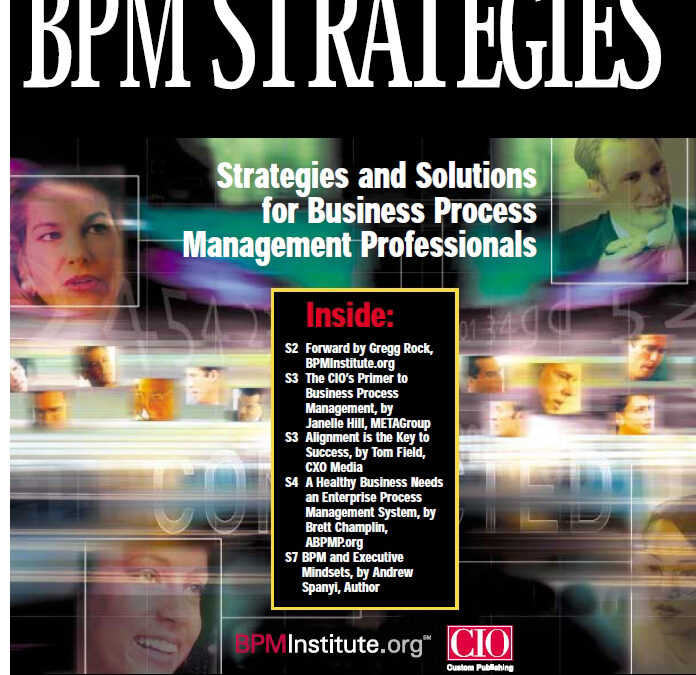
This publication will serve as the voice of the BPM Community and is designed specifically for business and IT leaders charged with leading their organization’s process innovation efforts. Additionally, BPM Strategies will facilitate the development of an accepted Business Process vocabulary to be utilized by organizations at large.
Everyone starts here.
You're looking for a way to improve your process improvement skills, but you're not sure where to start.
Earning your Business Process Management Specialist (BPMS) Certificate will give you the competitive advantage you need in today's world. Our courses help you deliver faster and makes projects easier.
Your skills will include building hierarchical process models, using tools to analyze and assess process performance, defining critical process metrics, using best practice principles to redesign processes, developing process improvement project plans, building a center of excellence, and establishing process governance.
The BPMS Certificate is the perfect way to show employers that you are serious about business process management. With in-depth knowledge of process improvement and management, you'll be able to take your business career to the next level.
|
Courses
|
|
|
|
Courses
|
|
|
|
Courses |
|
|
Business Architecture
|
|
|
|
Courses
|
|
|
|
Courses |
Certificate
|
|
Courses |
Certificate
|